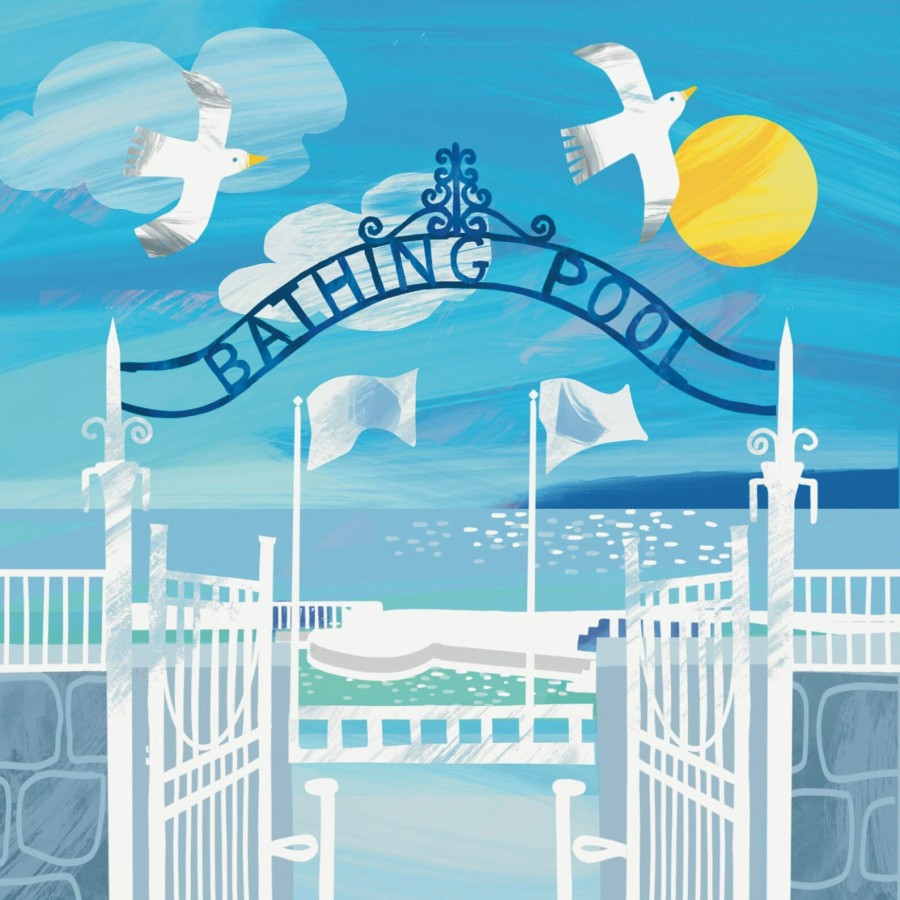The History of Seaside Lidos in England

England had many seaside lidos (outdoor swimming pools, often with sea water) years ago. But when people started to take package holidays to Spain, many of them fell into disrepair and closed. Today, a few remain, and there is a movement to restore those that are still repairable.
The word ‘lido’ is from the Italian word for ‘shore’. Lidos were popular for getting fresh air and exercise, especially in the days when there were no concerns over skin cancer or ozone layers.
Find a list of all lidos in the UK. Also learn about greener swimwear.
Bath’s Cleveland Pool (England’s oldest surviving lido)

Built in 1815, Cleveland Lido is now a Grade II listed building near the River Avon, now carefully restored. After briefly going bankrupt, it became a place to baptise Jehovah’s Witnesses, a trout farm and a private residence, before finally reopening as a public bathing pool.
In 1867, the ‘eccentric Mr W Evans’ would teach swimming (and provide ginger beer and gingerbread). Often diving into the pool from a height (wearing a tall hat to protect his head!)
Other lidos (past and present) in England include:
- Saltdean Lido (Brighton) once welcomed actress Jayne Mansfield
- Tinside Lido (Plymouth) is an Art Deco design with sea views.
- Jubilee Lido (Penzance) is a triangular pool that sits on rocks, opened in 1935.
- Clifton Lido (Bristol) opened in 1850, with striking Victorian brickwork.
- Devonshire Baths (Sussex) was uniquely filled with heated salt water.
- Tooting Bec (London) is known for its long pool and rainbow changing rooms.
- Brockwell Lido (London) opened in 1937, as a city escape.






